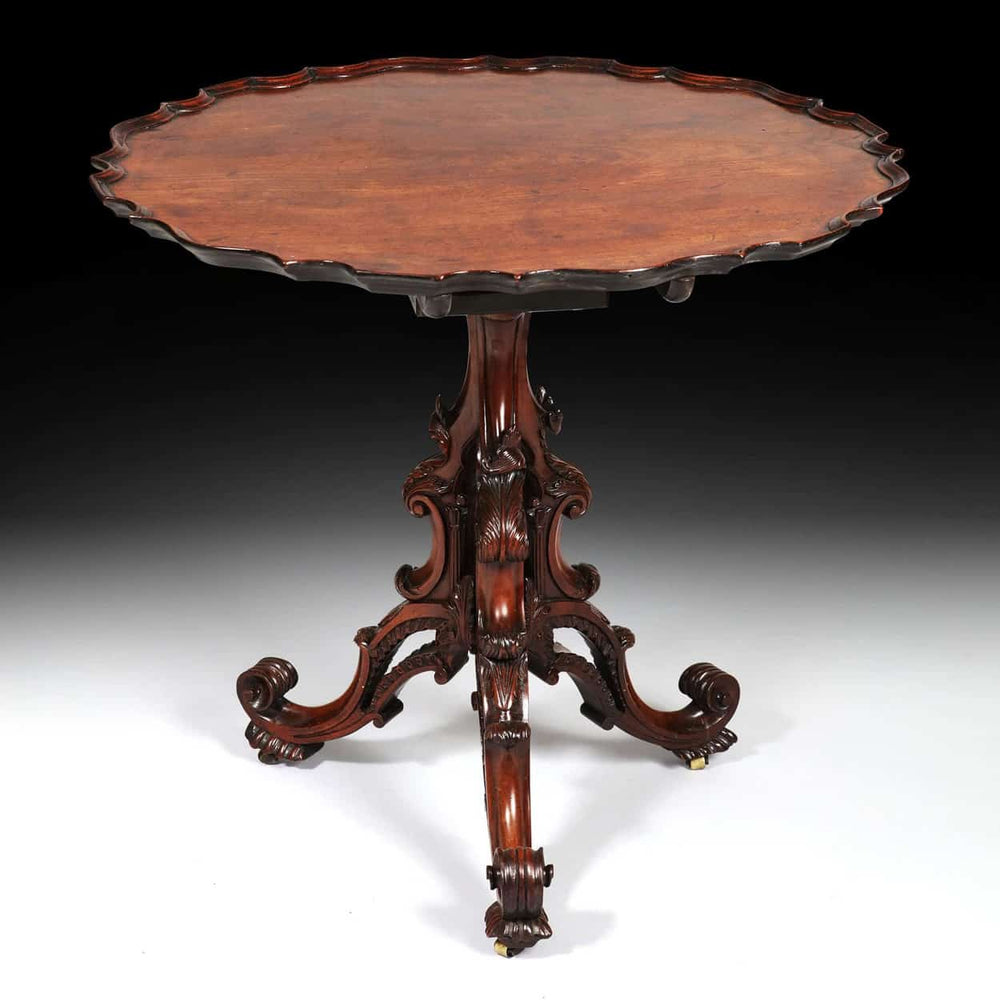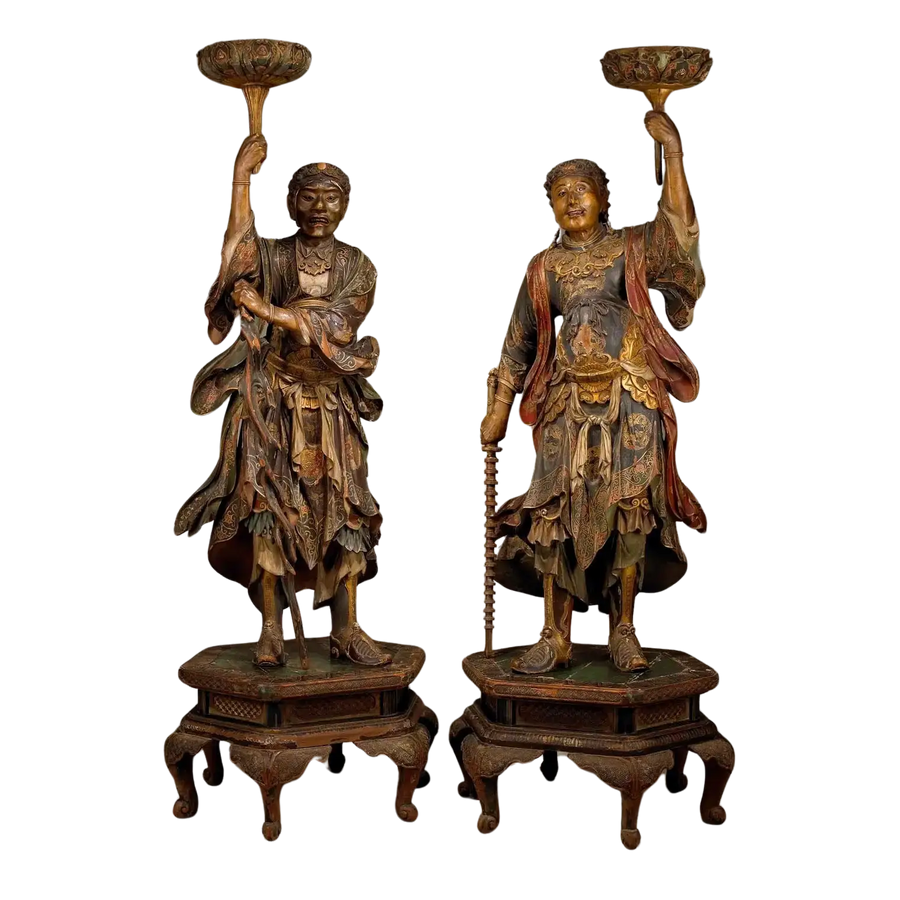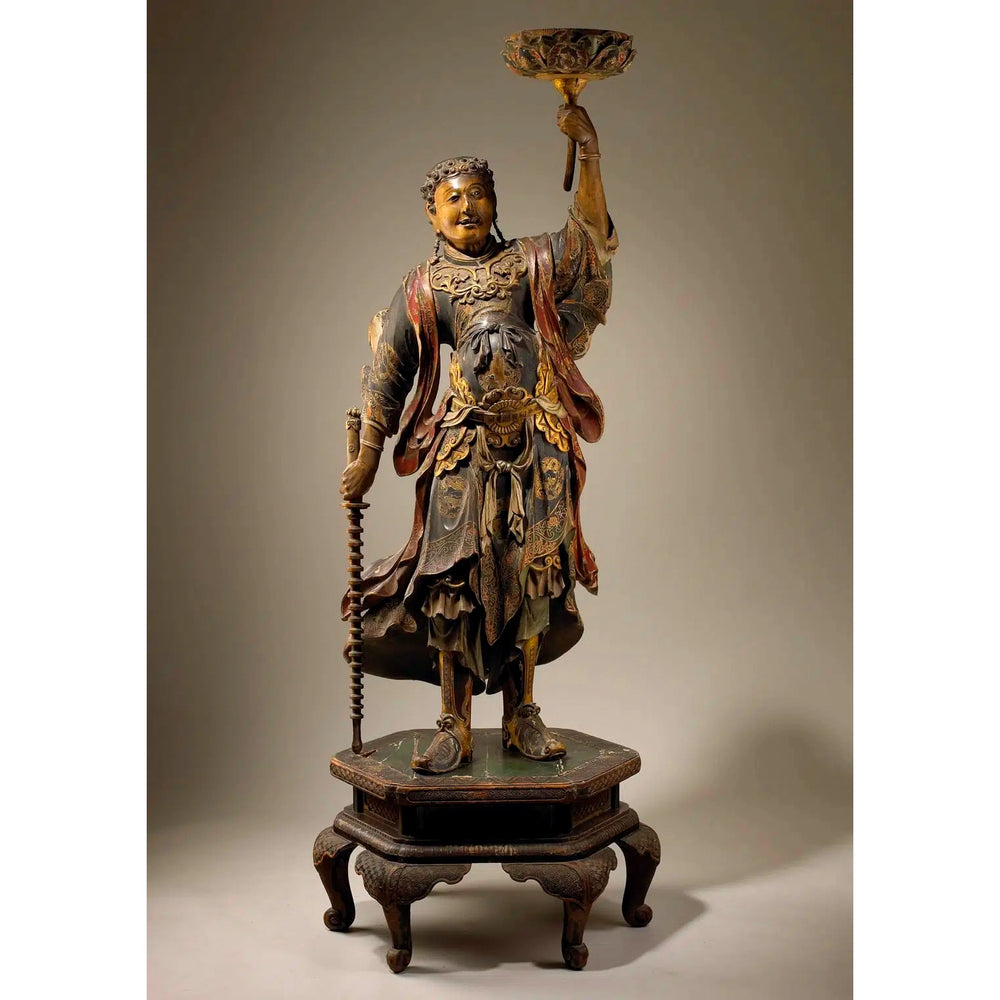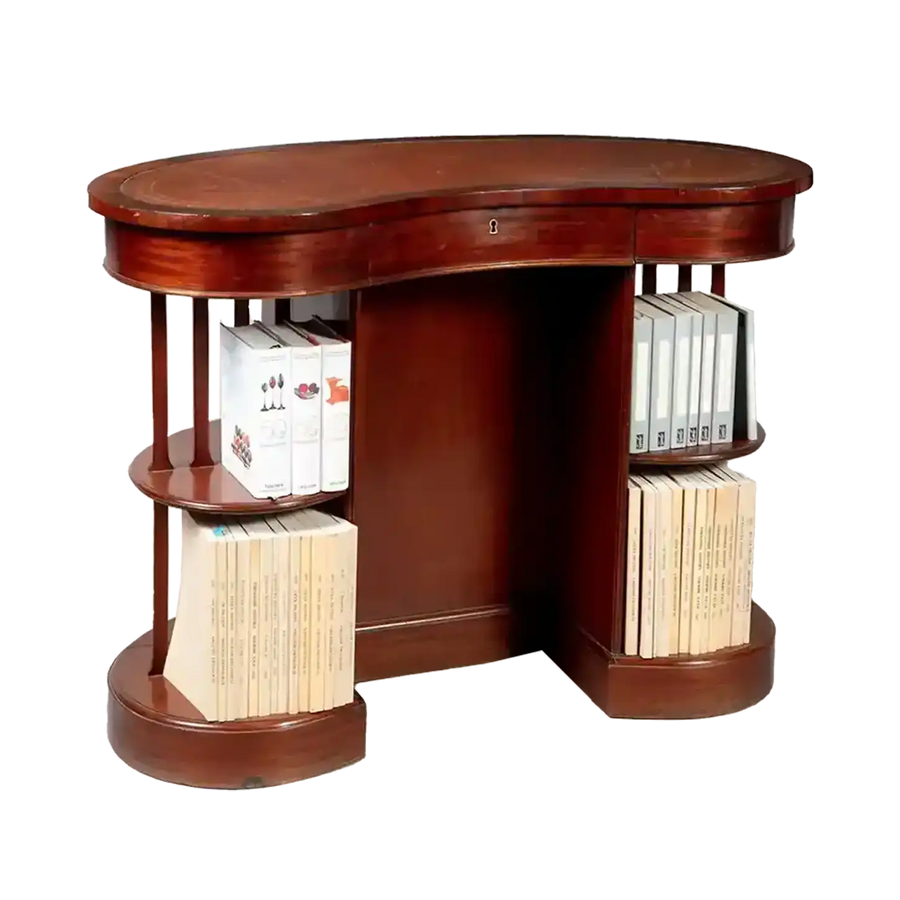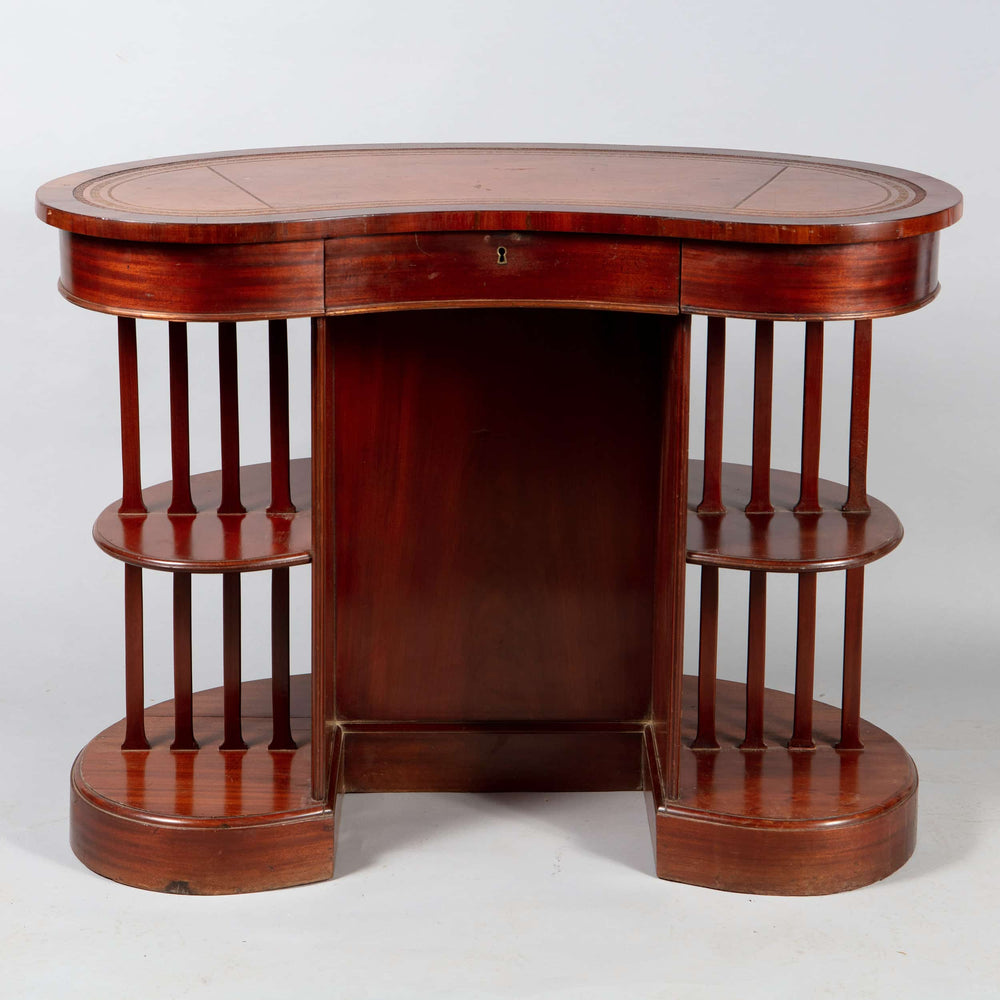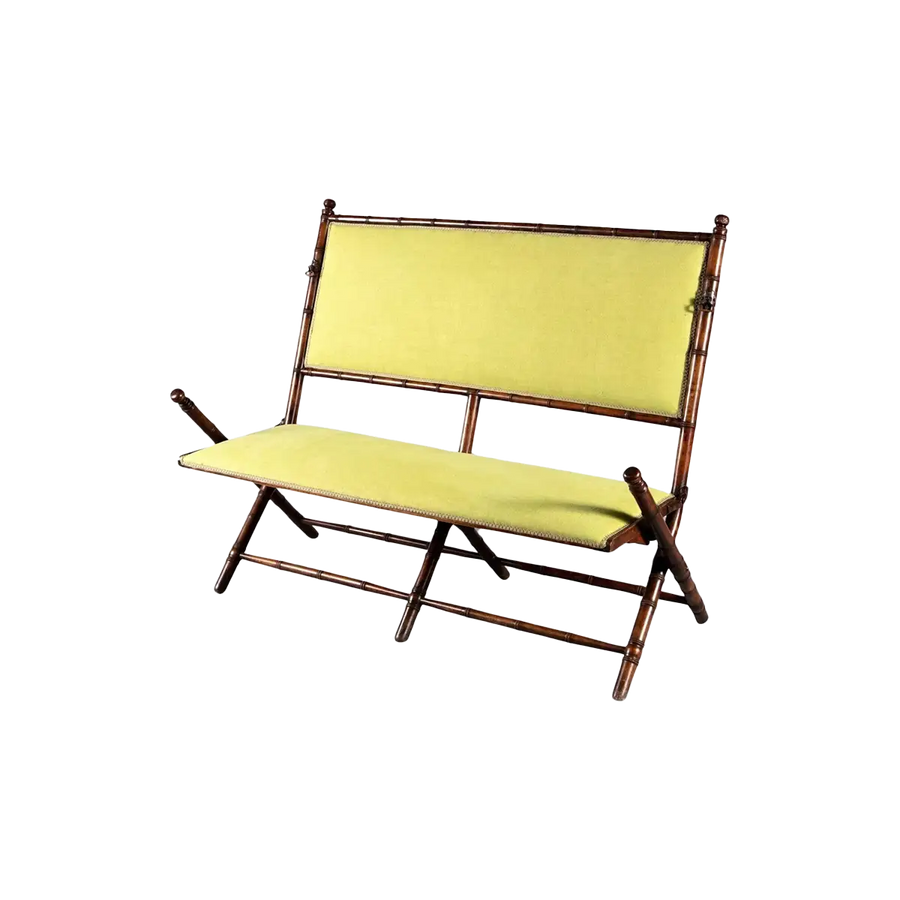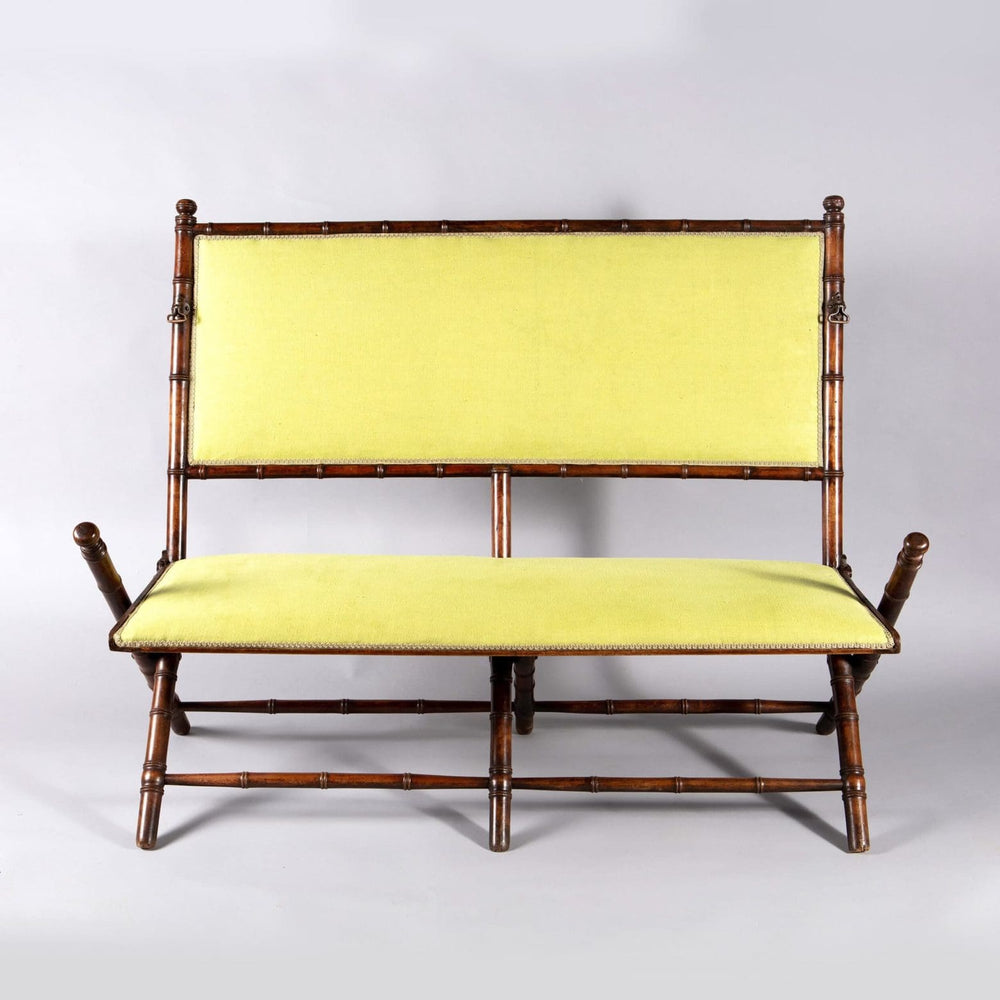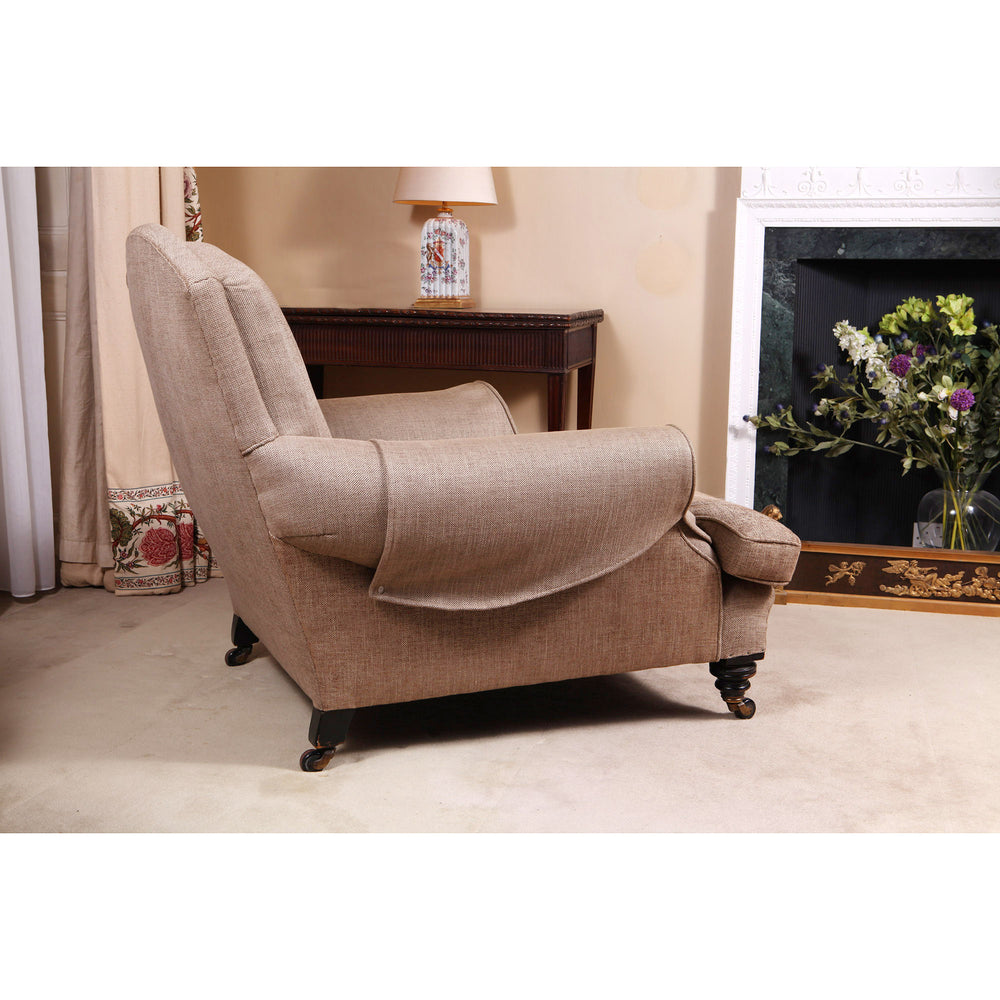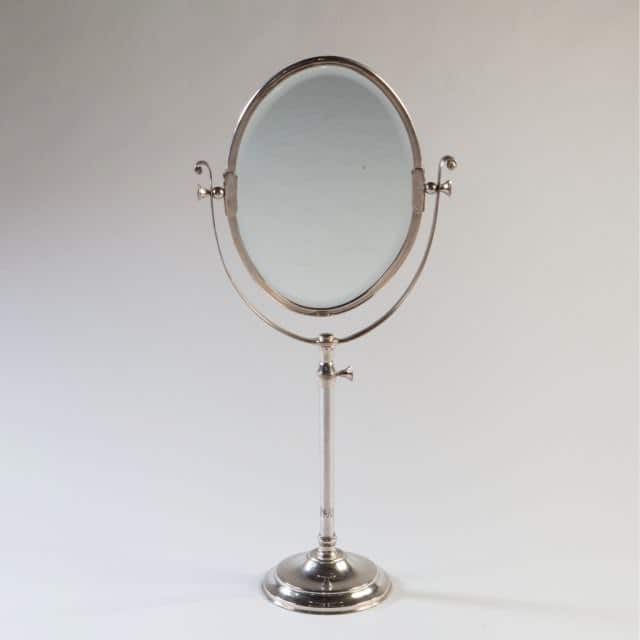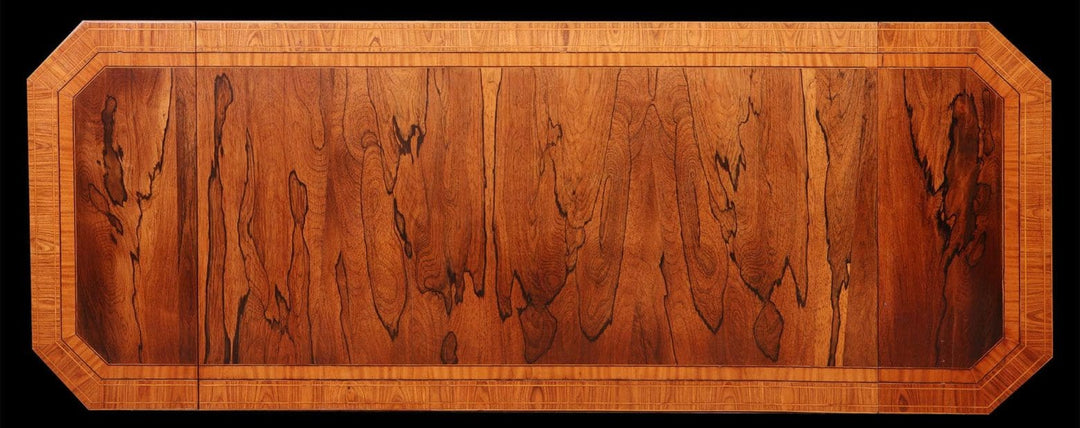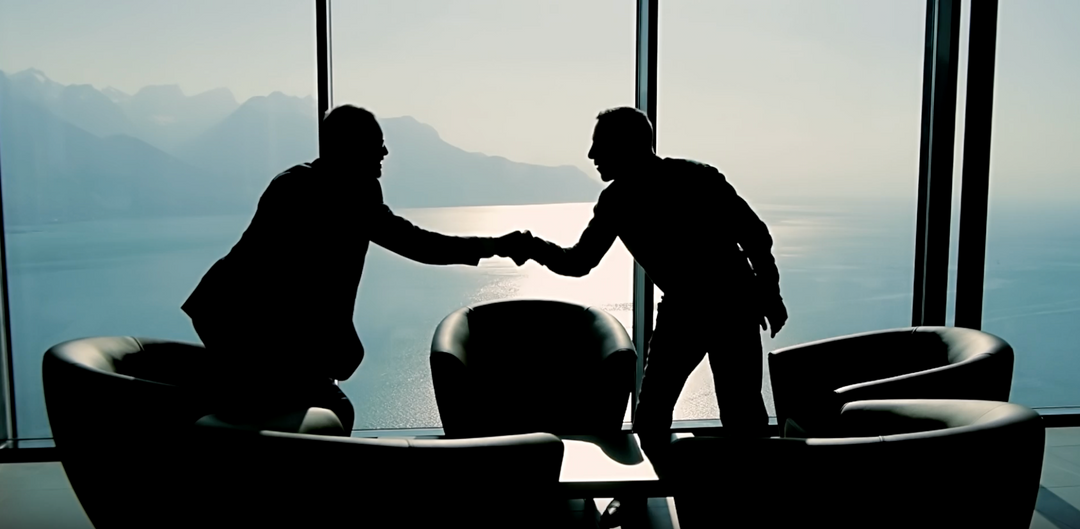The Edwardian period (1901–1910), under the reign of King Edward VII, marked a graceful transition in British decorative arts from the elaborate heaviness of the Victorian era to a lighter, more refined aesthetic. Influenced by the Arts and Crafts movement, Edwardian design embraced handcrafted detail, natural motifs, and simpler forms in response to the prior century’s industrialisation. Designers such as Charles Rennie Mackintosh introduced elegant lines and stylised floral patterns, while the sinuous curves of Art Nouveau and materials like iridescent glass and wrought iron added a sense of fluidity and innovation. Interiors featured pastel tones, fine woods such as mahogany and satinwood, and exquisite inlays of mother-of-pearl or marquetry. Technological advancements like electric lighting brought ornate fixtures into the home, combining function with beauty. Social changes also played a role, with increased leisure time prompting the creation of more informal, comfortable spaces such as conservatories. Altogether, Edwardian decorative arts reflected an era of elegance, optimism, and a gentle shift towards modernity, whilst still paying homage to traditional craftsmanship.
The Edwardian period (1901–1910), under the reign of King Edward VII, marked a graceful transition in British decorative arts from the elaborate heaviness of the Victorian era to a lighter, more refined aesthetic. Influenced by the Arts and Crafts movement, Edwardian design embraced handcrafted detail, natural motifs, and simpler forms in response to the prior century’s industrialisation. Designers such as Charles Rennie Mackintosh introduced elegant lines and stylised floral patterns, while the sinuous curves of Art Nouveau and materials like iridescent glass and wrought iron added a sense of fluidity and innovation. Interiors featured pastel tones, fine woods such as mahogany and satinwood, and exquisite inlays of mother-of-pearl or marquetry. Technological advancements like electric lighting brought ornate fixtures into the home, combining function with beauty. Social changes also played a role, with increased leisure time prompting the creation of more informal, comfortable spaces such as conservatories. Altogether, Edwardian decorative arts reflected an era of elegance, optimism, and a gentle shift towards modernity, whilst still paying homage to traditional craftsmanship.
Read More






